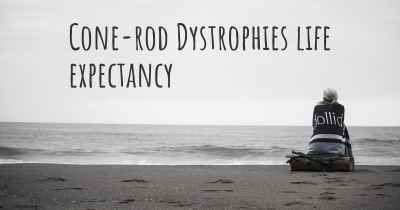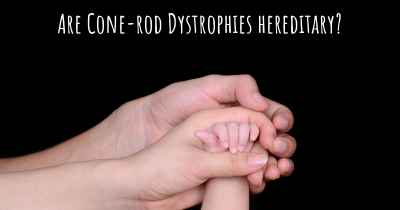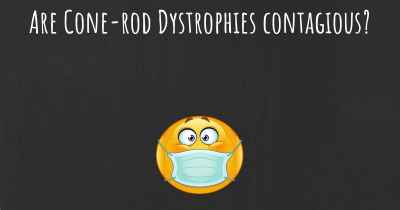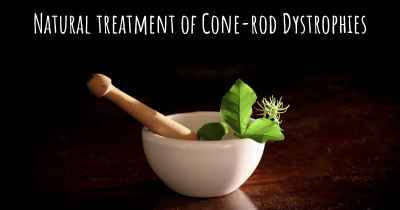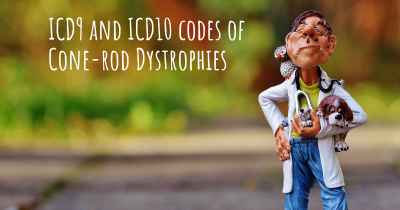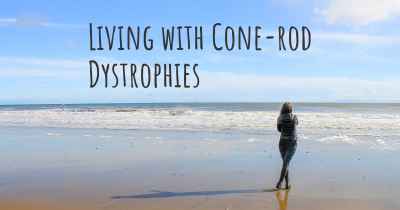What are the best treatments for Cone-rod Dystrophies?
See the best treatments for Cone-rod Dystrophies here
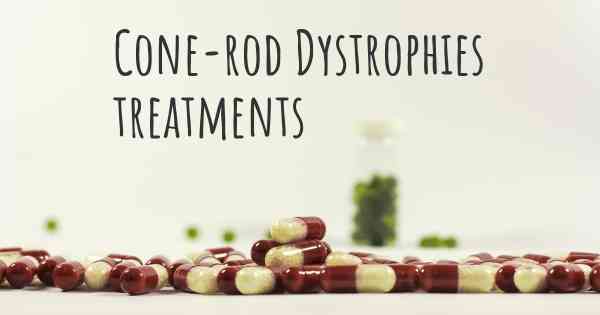
Treatments for Cone-rod Dystrophies
Cone-rod dystrophies (CRDs) are a group of inherited eye disorders that primarily affect the cone and rod cells in the retina. These cells are responsible for vision in bright and dim light, respectively. CRDs can lead to progressive vision loss, color vision abnormalities, and reduced visual acuity. While there is currently no cure for CRDs, several treatment options can help manage the symptoms and slow down the progression of the disease.
1. Genetic Counseling and Testing
Genetic counseling is an essential step for individuals diagnosed with CRDs. Genetic counselors can provide information about the inheritance pattern of the disease, assess the risk of passing it on to future generations, and offer emotional support. Genetic testing can identify the specific gene mutation responsible for the CRD, which can aid in diagnosis and help determine the prognosis.
2. Low Vision Aids
Low vision aids can significantly improve the quality of life for individuals with CRDs. These devices include magnifiers, telescopes, and electronic visual aids that enhance remaining vision. Low vision specialists can assess the specific visual needs of each patient and recommend appropriate aids to maximize their functional vision.
3. Occupational Therapy
Occupational therapy plays a crucial role in helping individuals with CRDs adapt to their visual impairment. Occupational therapists can teach strategies to optimize daily activities, such as using contrast and lighting techniques, organizing the environment, and developing alternative techniques for reading and writing. They can also provide guidance on mobility and orientation skills to enhance independence and safety.
4. Nutritional Supplements
Some studies suggest that certain nutritional supplements may slow down the progression of CRDs. These supplements typically include high doses of antioxidants, vitamins, and minerals, such as vitamin A, vitamin C, vitamin E, zinc, and copper. However, it is important to consult with a healthcare professional before starting any supplementation regimen, as the effectiveness may vary depending on the specific genetic mutation.
5. Gene Therapy
Gene therapy holds great promise for the treatment of CRDs. It involves delivering a functional copy of the mutated gene into the affected cells to restore their normal function. While gene therapy is still in the experimental stage for most CRDs, it has shown encouraging results in clinical trials for certain types of inherited retinal diseases. Ongoing research aims to develop safe and effective gene therapies for a wider range of CRDs.
6. Clinical Trials
Participating in clinical trials can provide access to cutting-edge treatments and contribute to the advancement of CRD research. Clinical trials evaluate the safety and efficacy of new therapies, including gene therapies, stem cell therapies, and pharmacological interventions. Patients interested in participating in clinical trials should consult with their healthcare provider to explore available options.
7. Supportive Care
Living with CRDs can be challenging, both physically and emotionally. Supportive care, including regular eye examinations, counseling, and support groups, can help individuals cope with the impact of the disease. Regular eye exams allow for monitoring disease progression and adjusting treatment plans accordingly. Counseling and support groups provide a platform for sharing experiences, addressing concerns, and finding emotional support from others facing similar challenges.
While there is currently no cure for cone-rod dystrophies, a combination of genetic counseling, low vision aids, occupational therapy, nutritional supplements, gene therapy, clinical trials, and supportive care can help manage the symptoms and improve the quality of life for individuals with CRDs.
Posted Aug 10, 2018 by Shel 400
